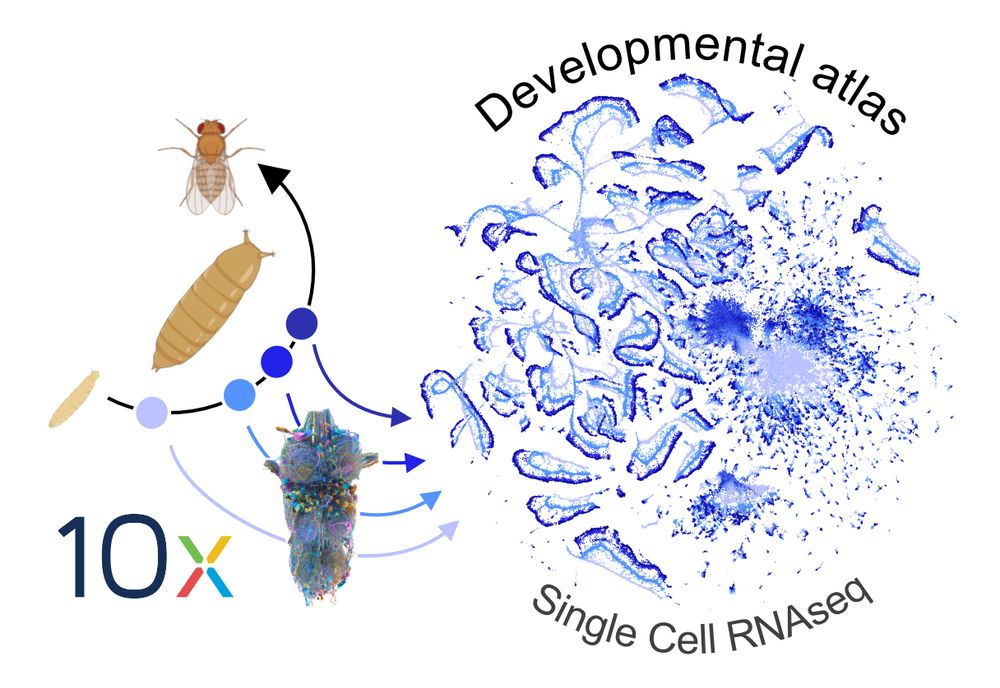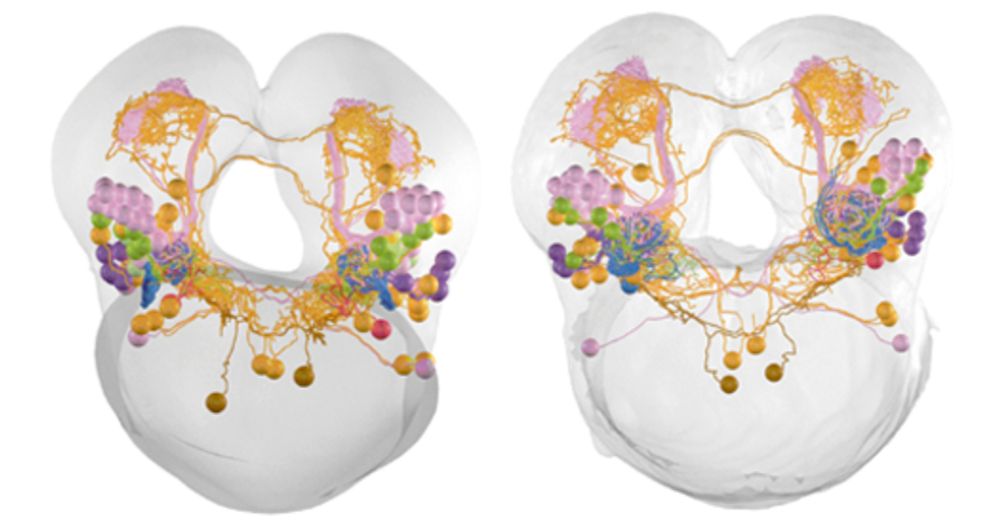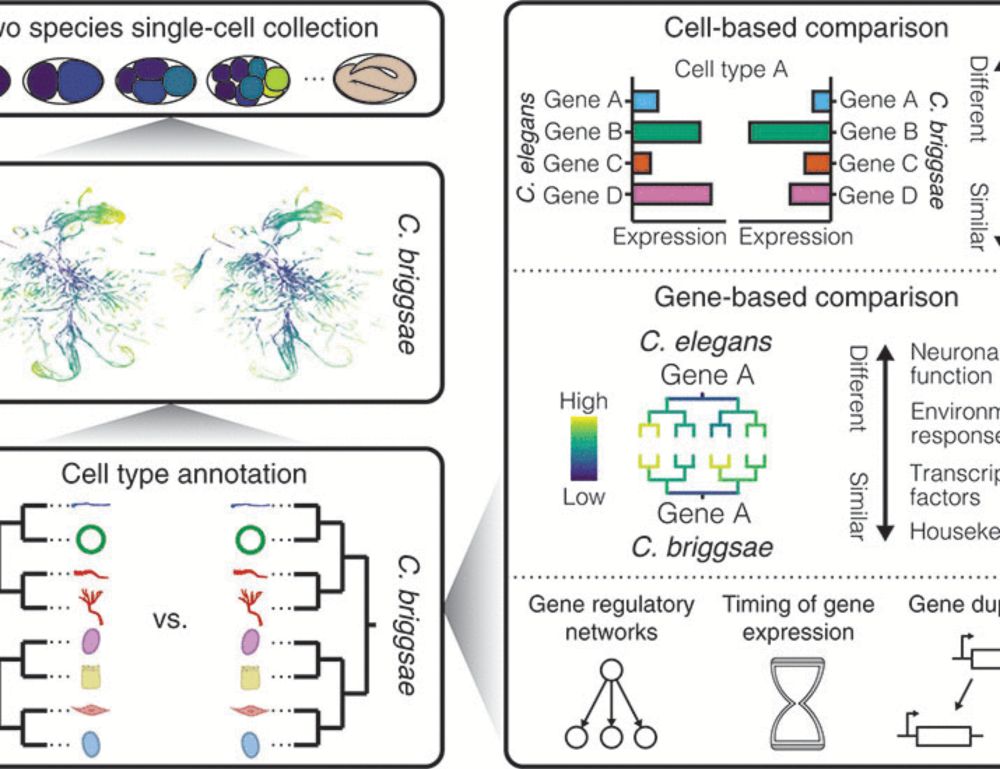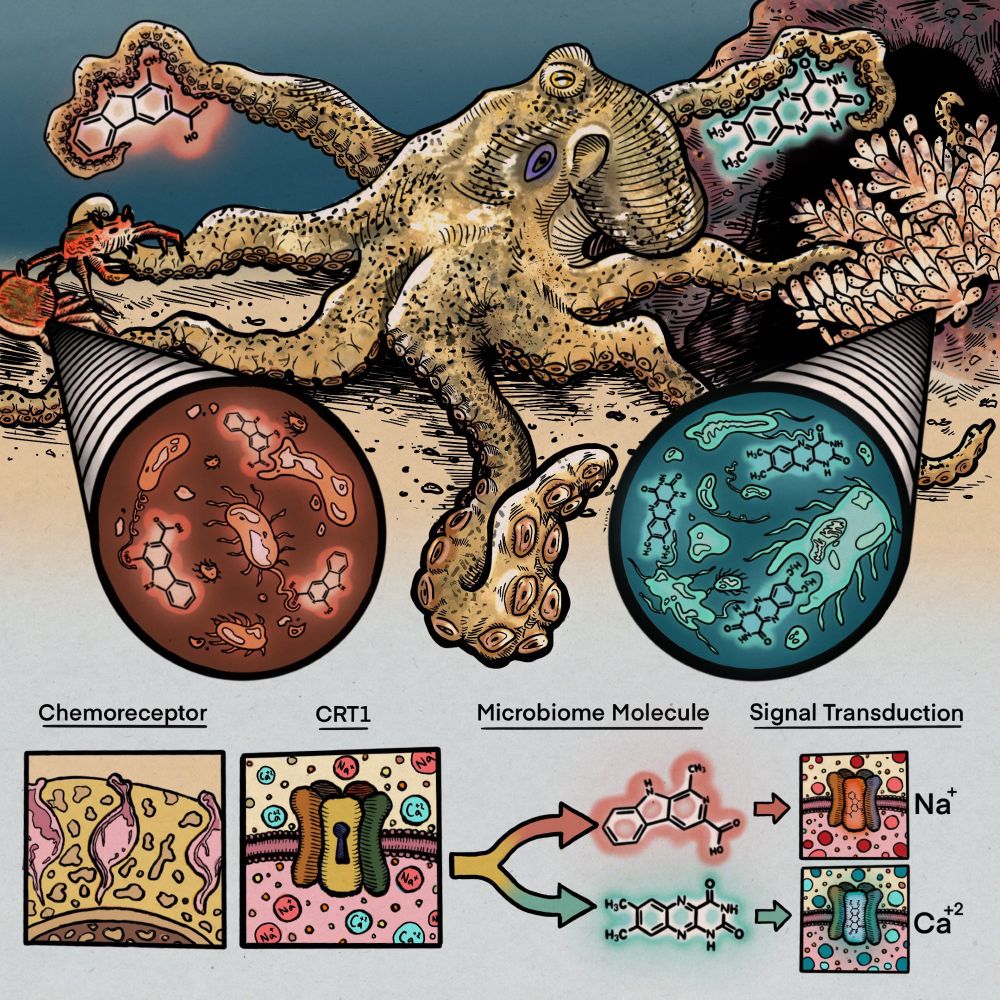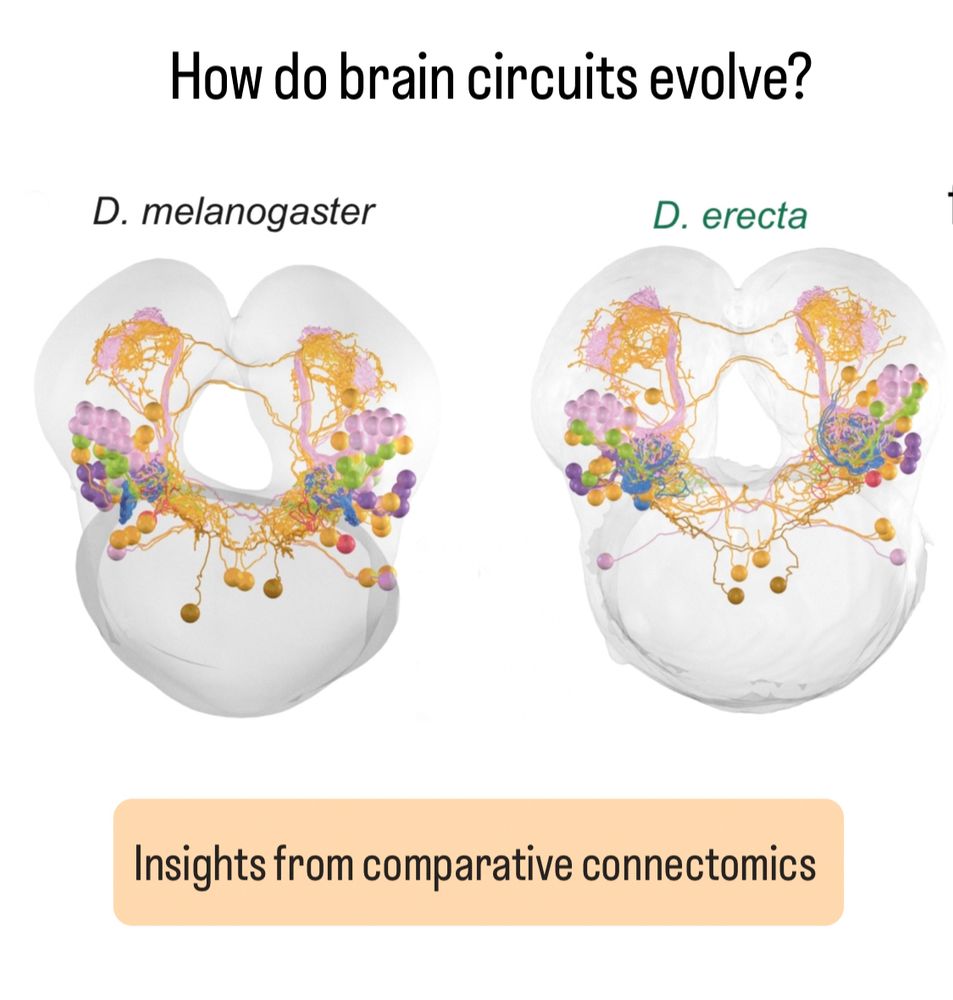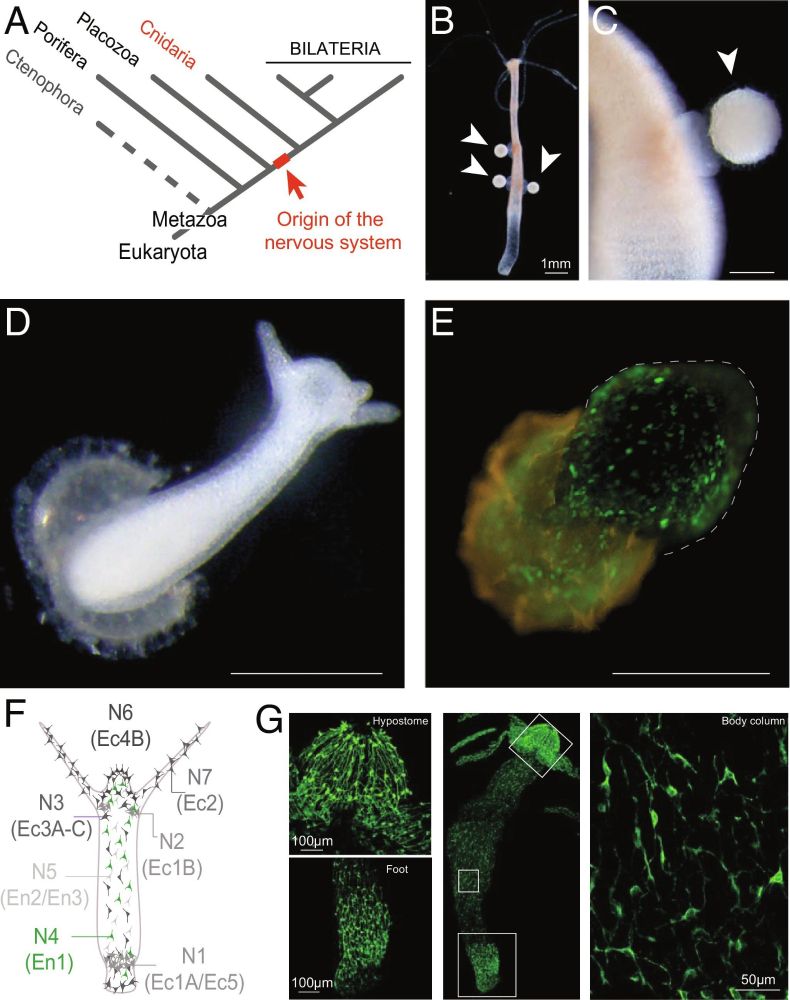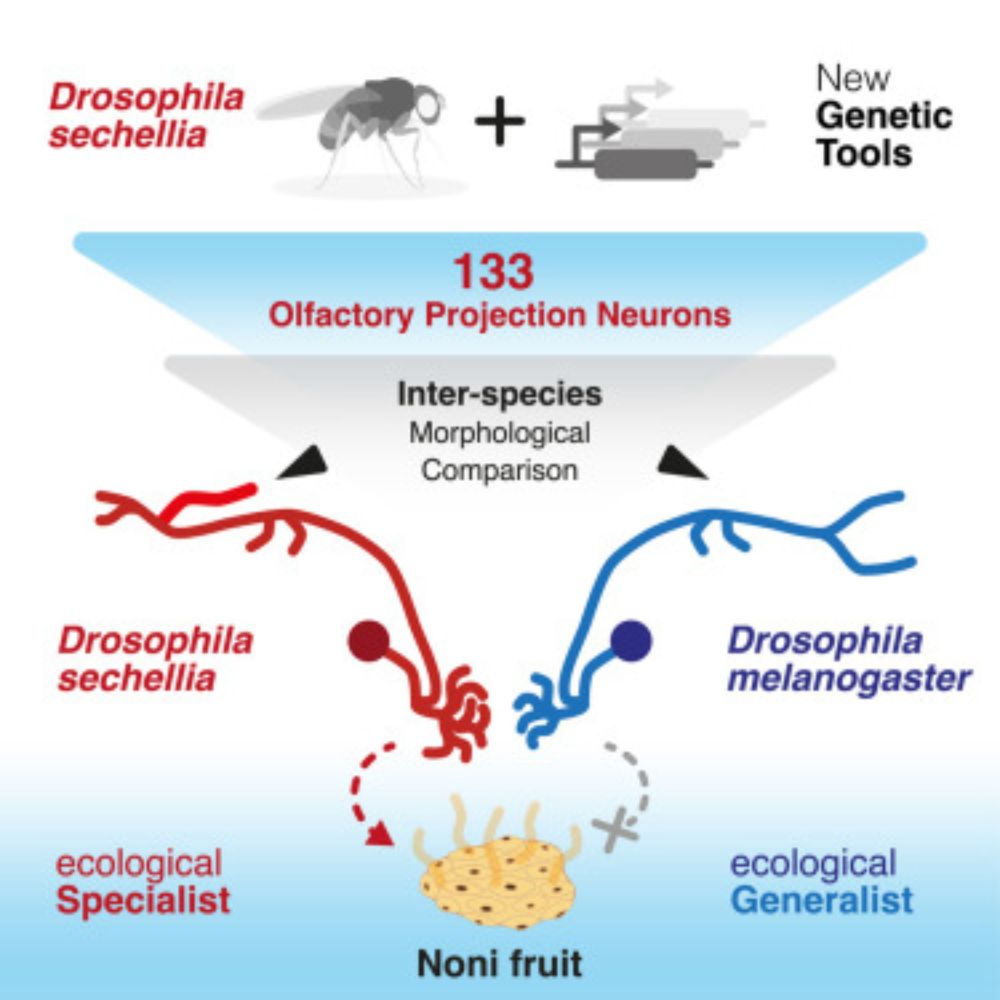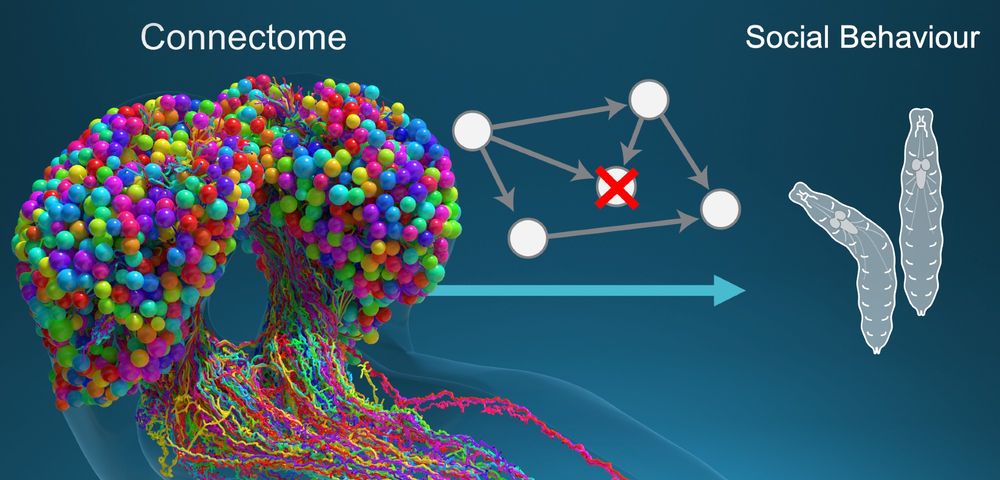@christophgiez.bsky.social
91 followers
170 following
1 posts
HFSP Postdoctoral fellow @crick.ac.uk, EMBO fellow alumni, Postdoc in the Neuronal Circuits and Evolution Lab
Working on evolution of neuronal circuits #Drosophila
#Neuroscience | #Evolution | Neuronal #Circuits | #Connectome | #Olfaction 🪼🪰
Posts
Media
Videos
Starter Packs
Reposted
Reposted
Reposted
Reposted
Reposted
Reposted
Katrin Vogt
@katrinvogt.bsky.social
· Aug 12

Parallel and convergent pathways for multifeature visual processing in larval zebrafish sensorimotor decision-making
Animals continuously extract and evaluate diverse sensory information from the environment to guide behavior. Yet, how neural circuits integrate multiple, potentially conflicting, inputs during decisi...
www.biorxiv.org
Reposted
Reposted
Meg Younger
@megyounger.bsky.social
· Jul 31

Recurrent connectivity supports carbon dioxide sensitivity in Aedes aegypti mosquitoes
The mosquito Aedes aegypti′s human host-seeking behavior depends on the integration of multiple sensory cues. One of these cues, carbon dioxide (CO2), gates odorant and heat pathways and activates hos...
doi.org
Reposted
Reposted
Katja Reinhard
@katjareinhard.bsky.social
· Jul 23
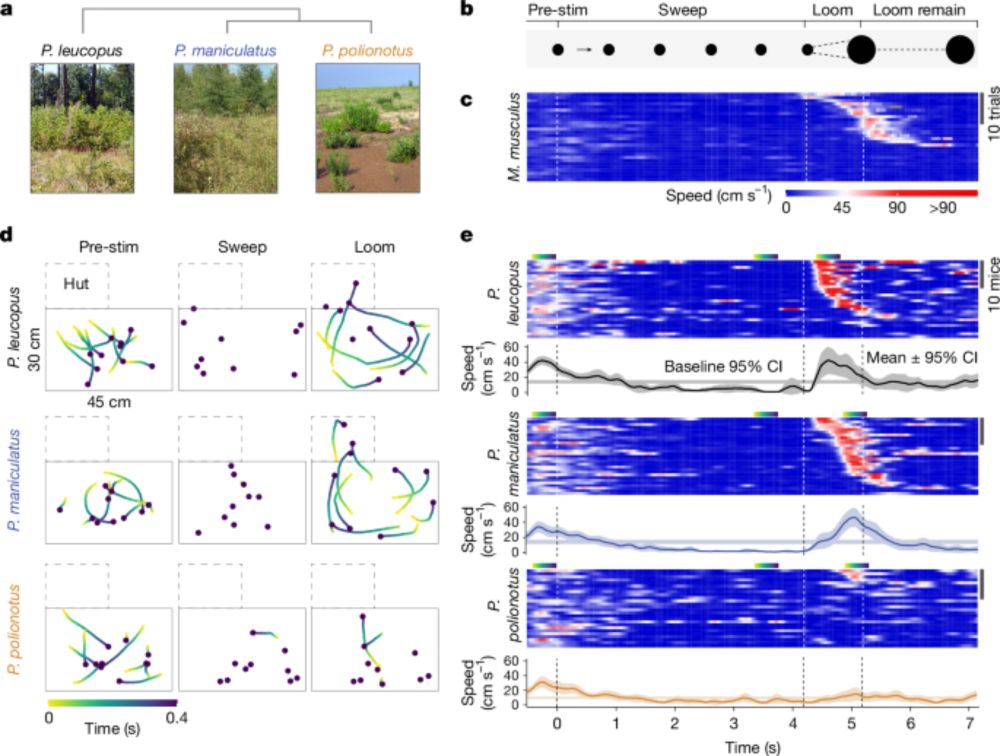
The neural basis of species-specific defensive behaviour in Peromyscus mice - Nature
Visual threat triggers contrasting freeze and escape defensive responses in two species of deer mice as a result of different activation thresholds downstream of the superior colliculus in the do...
www.nature.com
Reposted
Reposted




